
History of Bluetooth Headphones
This story dates back to the 10th century.
At that time, the Nordic lords were fighting for supremacy, with wars erupting continuously. To end these conflicts, the King of Denmark stepped forward, and through his relentless efforts, the bloody wars were halted, and all parties sat down at the negotiation table. Through communication, the lords reconciled and became friends.
Due to his love for blueberries, the Danish king’s teeth were stained blue, and his name gradually faded into history, remembered more as the “Bluetooth King.” Thus, Bluetooth became synonymous with communication.



In 1994, Ericsson was the first to propose the concept of Bluetooth. Subsequently, Ericsson teamed up with Nokia, Toshiba, IBM, and Intel to establish the Bluetooth Special Interest Group. As more tech giants joined the alliance, the application scope of Bluetooth expanded, and its versions iterated from Bluetooth 1.0, 1.1, to 2.0, 2.1, and later familiar versions 3.0 and 4.0. The transmission rate of Bluetooth gradually increased while power consumption decreased.
How Bluetooth Headphones Work
The working principle of Bluetooth headphones can be roughly divided into four steps as shown in the diagram:

1. The decoding chip in the phone decodes music files such as MP3, generating digital signals and sending them to the Bluetooth headphones via Bluetooth;
2. The Bluetooth headphones receive the digital signals and convert them into analog signals that the human ear can understand through the internal digital-to-analog conversion chip;
3. The analog signals are amplified, requiring the use of an internal signal amplification chip;
4. The headphone unit receives the amplified signals and produces sound, allowing the ear to hear music.
Bluetooth Headphones: Just for Sound?
However, Bluetooth headphones have long been criticized for their sound quality, often leading to the saying among audiophiles that “Bluetooth headphones are just for sound.” The reasons mainly include two points:
1. Bluetooth compresses audio data during transmission, resulting in a loss of sound quality;
2. Digital-to-analog conversion and amplification are completed within the Bluetooth headphones, and achieving both tasks well in such a small size is quite challenging. Therefore, to ensure portability and affordability, sound quality is further sacrificed.
The second point is the primary reason. Understanding the principles of Bluetooth headphones shows that to make them work properly, a series of components, including batteries, Bluetooth modules, digital-to-analog conversion circuits, amplification circuits, and headphone units, must be installed within the headphone casing. This greatly tests the manufacturer’s product design capabilities and comprehensive technical strength. However, achieving this only meets the requirement of “sound production.” To have good sound quality, tuning is required, which involves verifying the performance of the headphones under different materials, membranes, and wiring, making it a relatively complex process and a significant part of the manufacturer’s R&D costs.
Ps: In simple terms, Bluetooth headphones are a product of compromise thinking; to free themselves from the constraints of wired headphones, they sacrifice some sound quality. However, currently, Bluetooth headphones produced by traditional headphone manufacturers generally have good sound quality (though they are also more expensive), meeting most users’ appreciation needs for music, while low-priced Bluetooth headphones from smaller manufacturers can only “provide sound.”
Common English Abbreviations Explained
NFC: Near Field Communication technology, headphones equipped with this function can quickly pair with playback devices by touching them together.
AAC: A technology provided by Dolby Laboratories, it is a high-compression encoding algorithm. There is a significant amount of AAC audio on Apple Music, and under the same bitrate, its sound quality is superior to MP3. iPhones use AAC encoding for Bluetooth transmission.
AptX: A codec technology promoted by Qualcomm, it is more efficient than traditional Bluetooth encoding, retaining more details in sound. Most new Android devices come equipped with AptX, but the Bluetooth headphones must also support AptX to achieve the desired effect.
LDAC: A Bluetooth transmission technology developed by Sony, capable of transmitting three times the data of standard Bluetooth, allowing lossless music playback over Bluetooth, but only Sony devices support this technology.
In simple terms, regarding transmission bitrate, AAC < AptX < LDAC. From the sound source perspective, if the playback is all lossless music, then the actual listening experience is AAC < AptX < LDAC. However, since most users use online players like NetEase Cloud or QQ Music, where the source is primarily 128K or 320K MP3, the audible differences between these encoding modes are not significant.
Below, we recommend seven Bluetooth headphones for your selection:
JBL X UnderArmour
Price: 1299 RMB
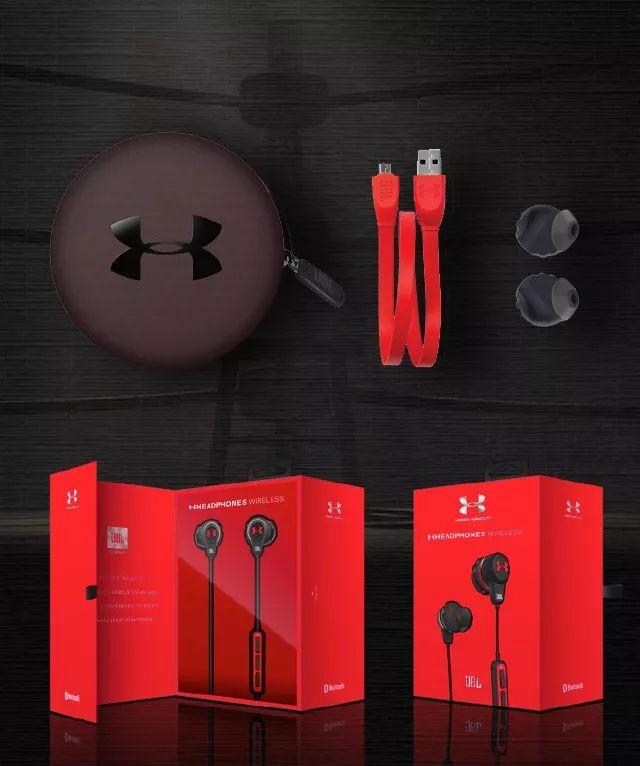
This headphone, co-produced by JBL and UnderArmour, received the highest score for its stable fit, outstanding sound quality, and beautiful design, making it an all-around performer that leaves no room for complaints.
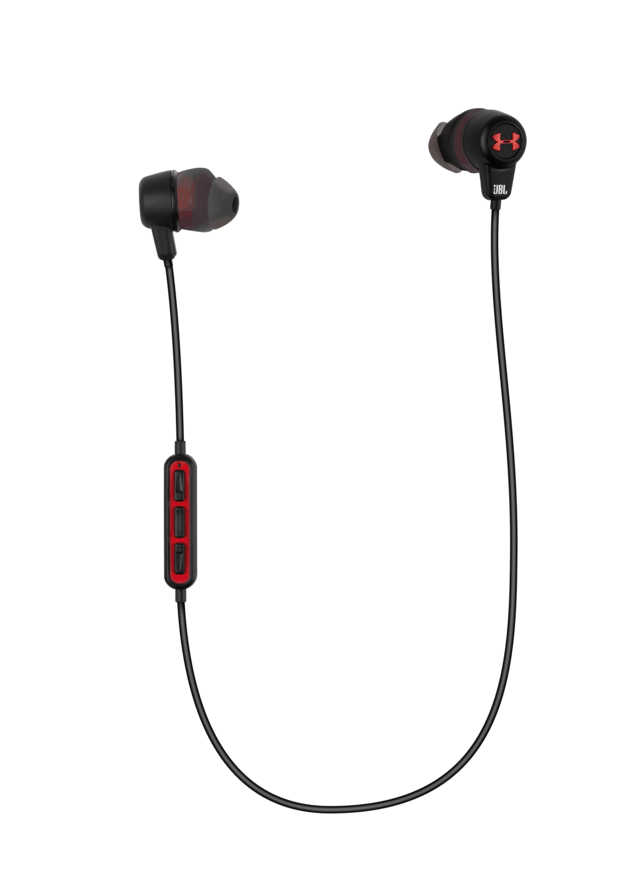
It fits comfortably and securely, with a sound that balances well, featuring dense vocals. Aside from having fewer additional features, it excels in all aspects.
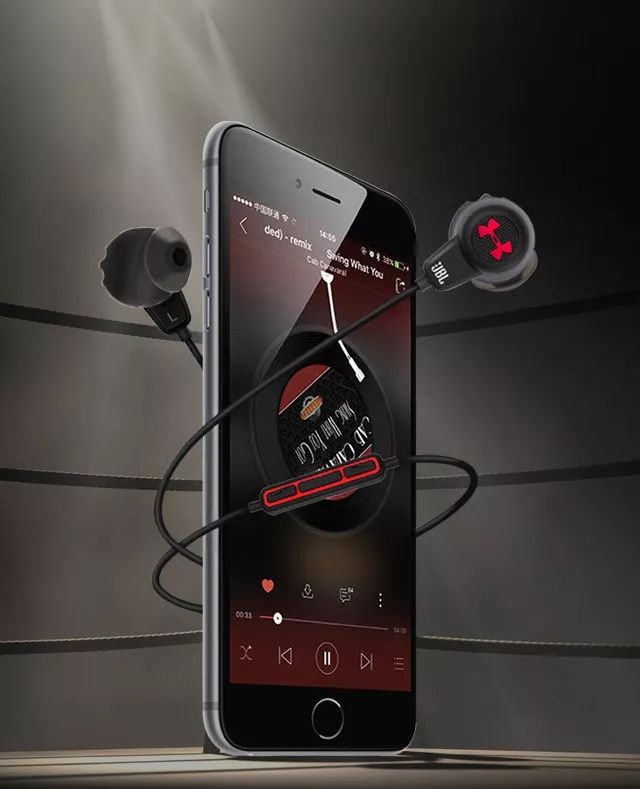
Pros: Good fit and sound quality; outstanding performance in all aspects.
Cons: The inline control buttons are quite small and have an average feel; fewer additional features.
Beats Powerbeats 3
Price: 1098 RMB
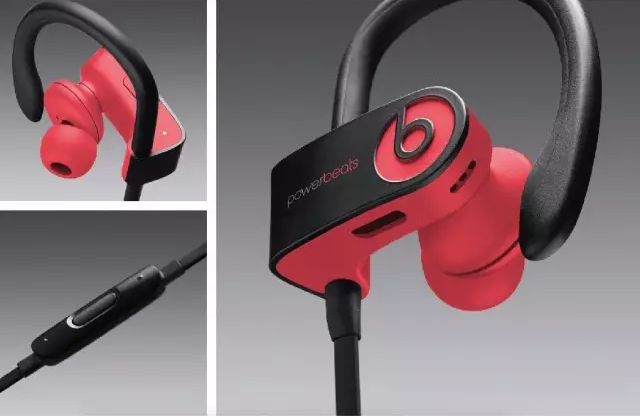
Perhaps due to Apple’s acquisition, the battery life of Powerbeats3 has significantly improved compared to the second generation, and there has been some progress in sound quality. If you love long-distance running or outdoor sports, or spend a lot of time in the gym, Powerbeats3 is undoubtedly an excellent choice.

The appearance continues the cool characteristics of the Beats series, and after being acquired by Apple, the sound has finally reached a passing level. Overall, it is currently one of the best-looking wireless sports headphones on the market.

Pros: Long battery life, stable and comfortable fit, and decent sound quality.
Cons: As is common with ear-hook headphones, they can be a bit cumbersome to wear.
Apple Airpods
Price: 1199 RMB
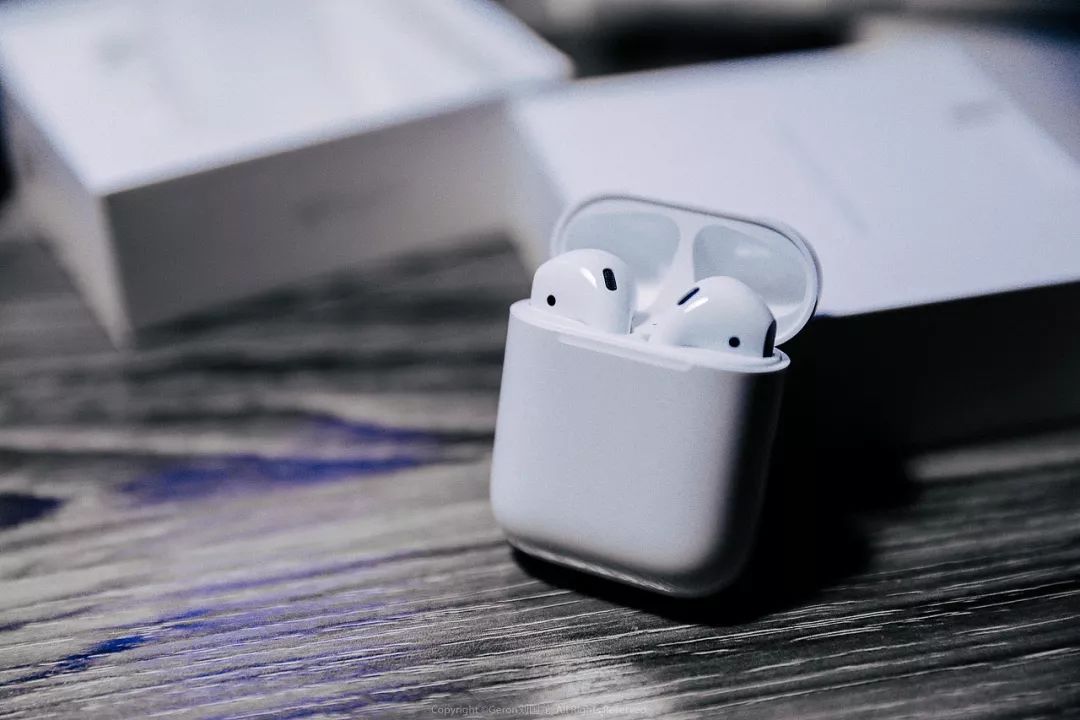
At first glance, they look like Earpods without the wires, but they hide a wealth of technology behind them, enabling quick connections, fast charging, smart controls, and seamless switching between multiple Apple devices, providing you with a “wireless, hassle-free, and simply amazing” experience. Using Airpods makes you appreciate why Apple removed the headphone jack.
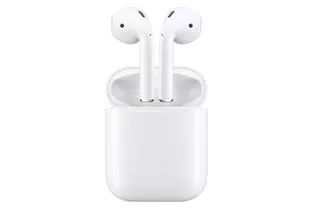
The most suitable Bluetooth headphones for iPhone, offering the most comfortable wireless experience with quick connections.
Pros: Completely wireless, feels like you’re not wearing anything; compact, long-lasting, and you can truly feel the power of technology.
Cons: The process of adjusting the volume and changing songs is cumbersome.
B&O Beoplay H5
Price: 1998 RMB
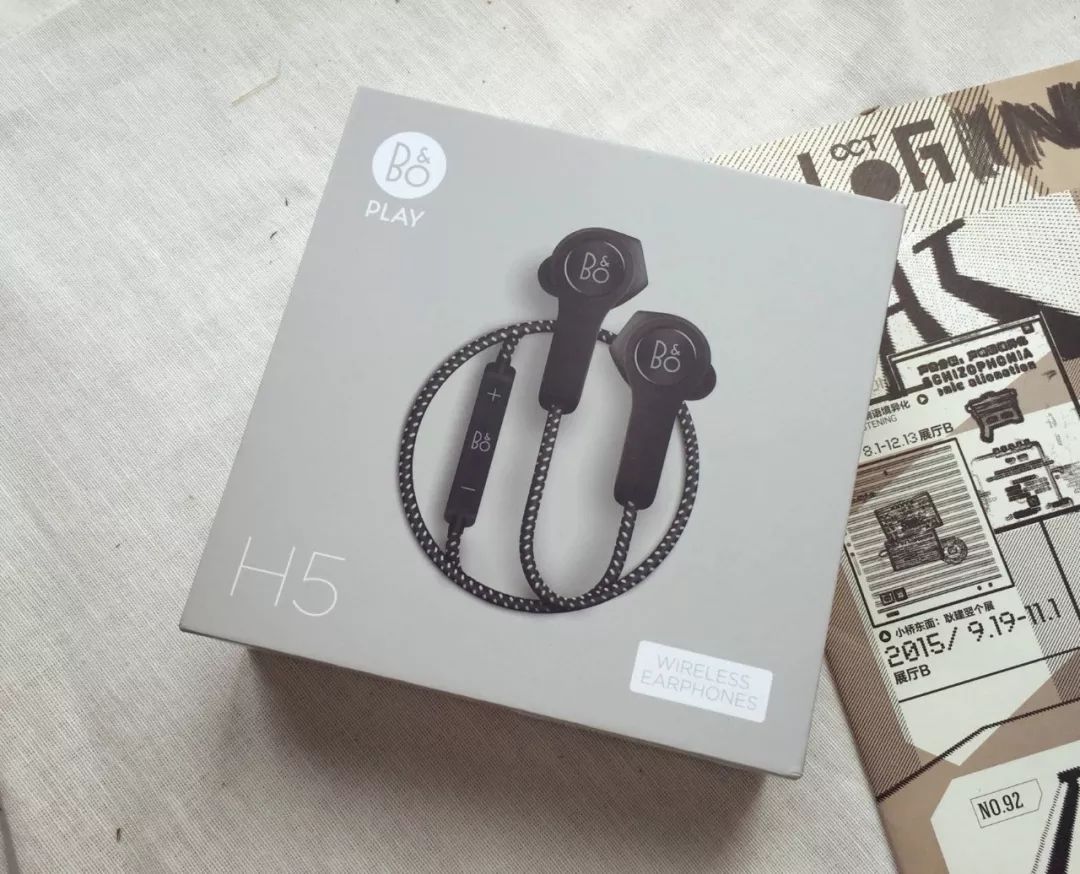
A noble brand in the headphone industry, never taking the cost-performance route. It conquers its fans with design and tonal quality.
Sound performance is among the best, although there are some issues with wearing comfort, it’s suitable for walking or stillness. However, for those who care about appearance, it’s an unmissable option, even if worn as a necklace around the neck.
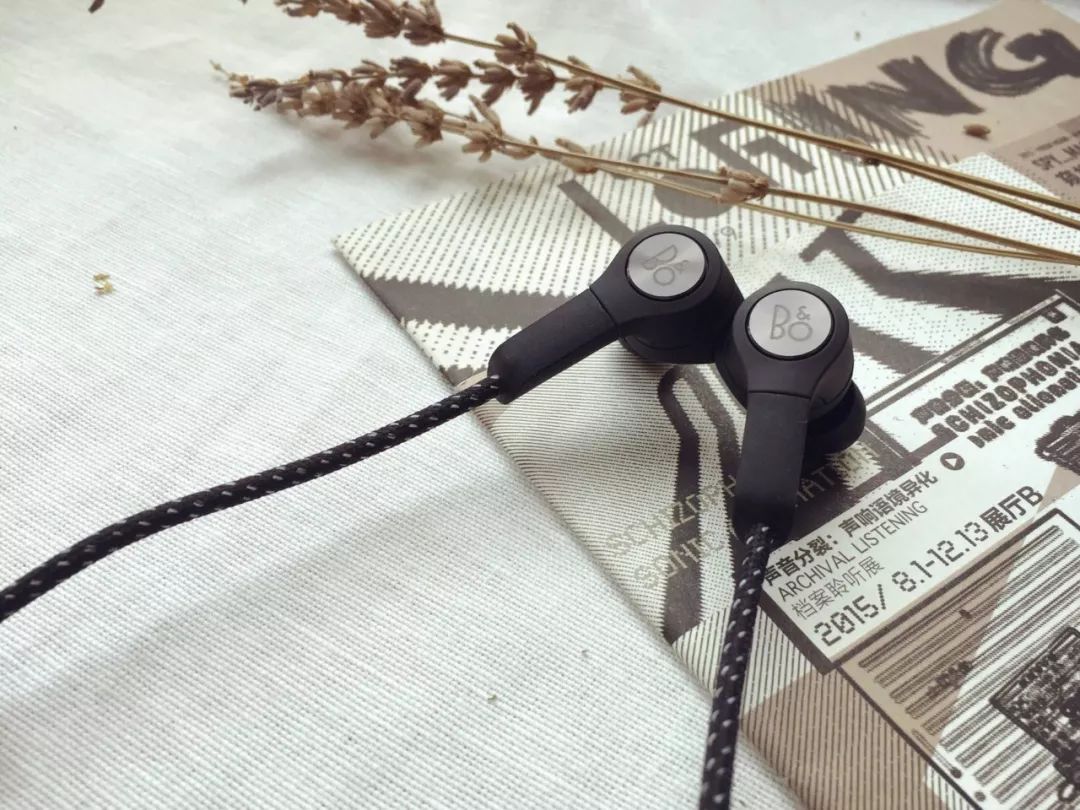
Pros: Excellent craftsmanship and materials, outstanding texture, and clear, pleasant sound quality.
Cons: Not secure enough to wear, and the battery life is relatively short.
👇Affordable Choices👇
Sony MDR-XB80BS
Price: 599 RMB
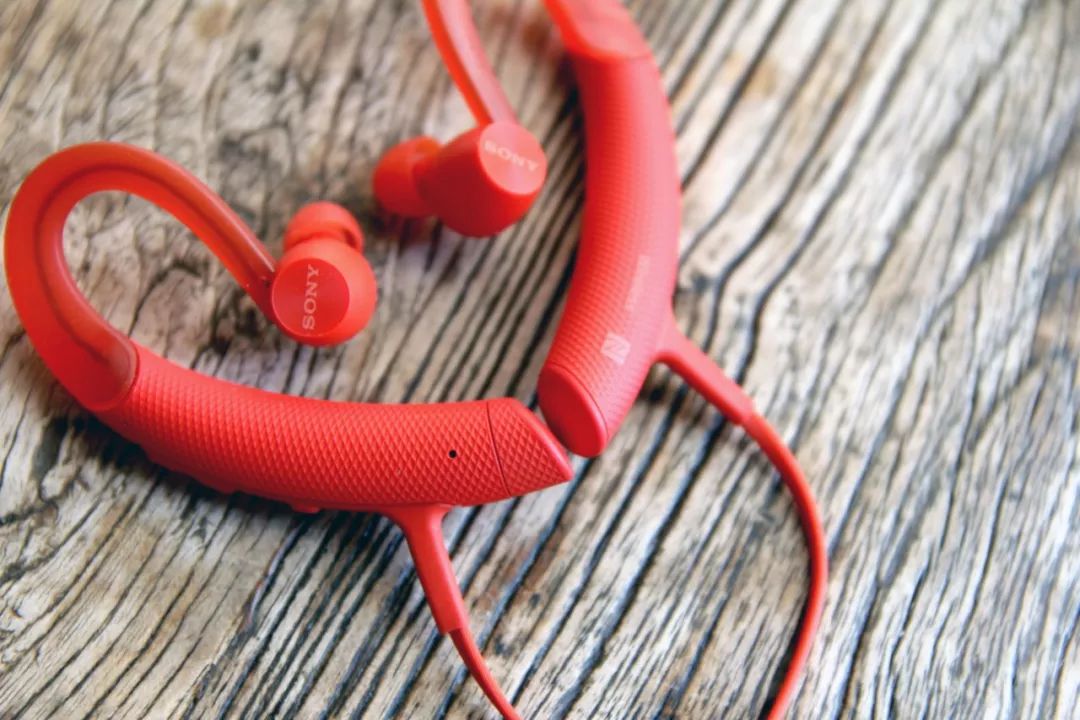
Sony is a guarantee of quality.
Sound performance is excellent among ear-hook Bluetooth headphones, rivaling high-priced models, and it supports LDAC, with a secure and comfortable fit.
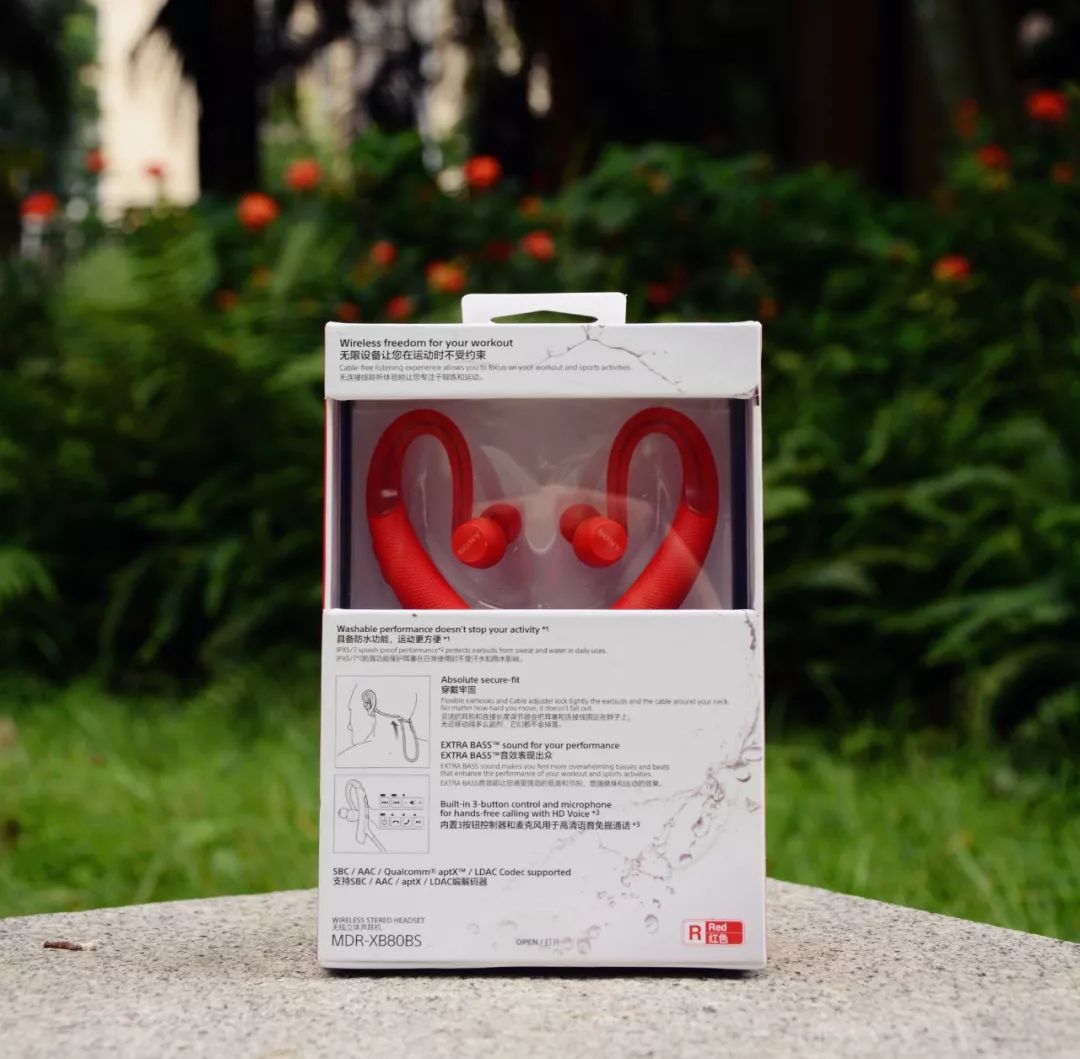
While the controls can be a bit inconvenient, it excels in other aspects among ear-hook headphones and offers a better sound experience than most low-priced models, with only a slight gap compared to high-priced headphones. If you enjoy sports, this ear-hook model is a good choice.
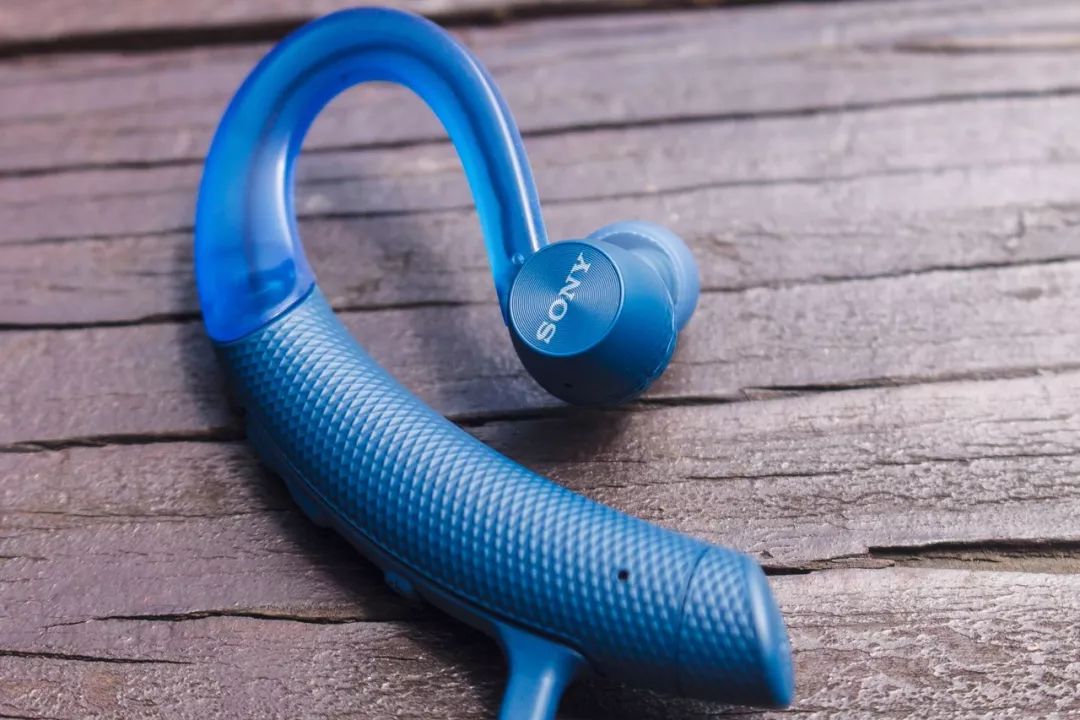
Pros: Secure and comfortable fit, decent sound quality, suitable for users with a limited budget but high sound quality expectations.
Cons: Controls can be inconvenient.
Philips SHQ8300
Price: 990 RMB
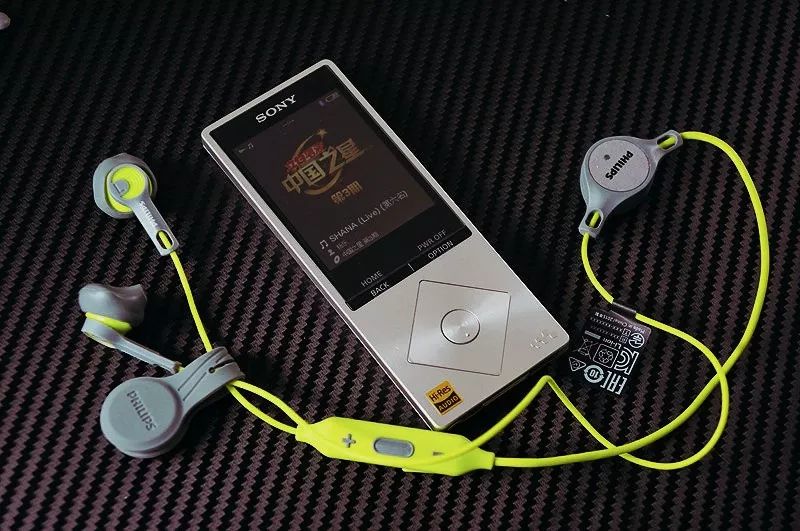
Although it falls short in terms of appearance, it performs well in terms of stability, comfort, and sound quality.
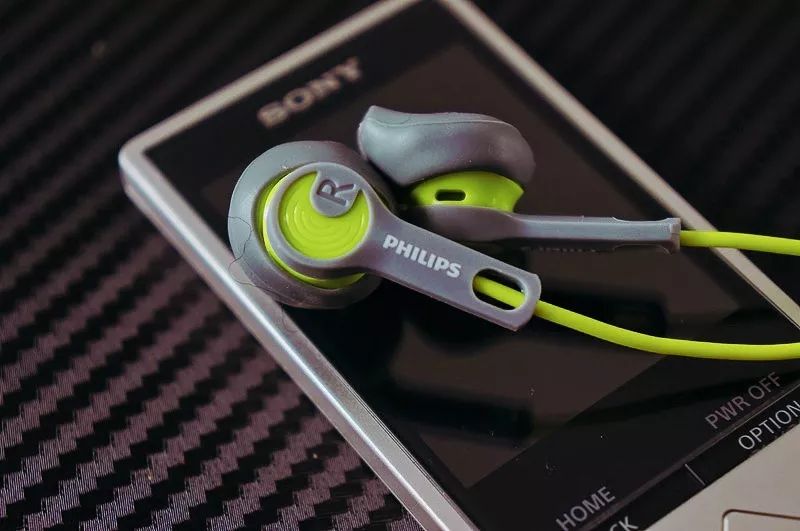
Supports three wearing styles, each of which is very secure, overall lightweight and comfortable, with clear and pleasant sound quality, making it a “fresh” choice among Bluetooth headphones.
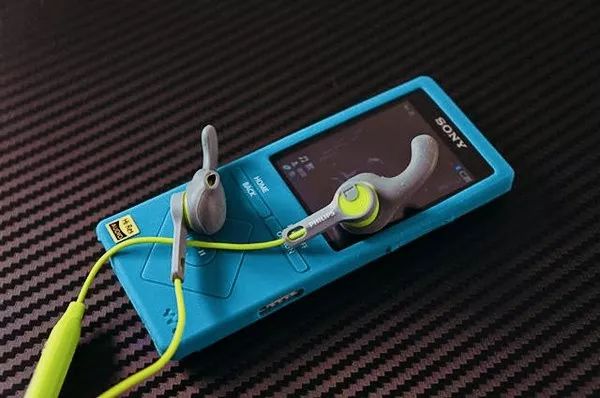
Pros: Offers two wearing styles, balancing stability and comfort, with high sound quality.
Cons: Appearance may not be appealing; aesthetic enthusiasts should be cautious.
Pioneer Pio-One
Price: 399 RMB

Good materials, overall performance slightly above average, and considering the affordable price, it offers great value for money.
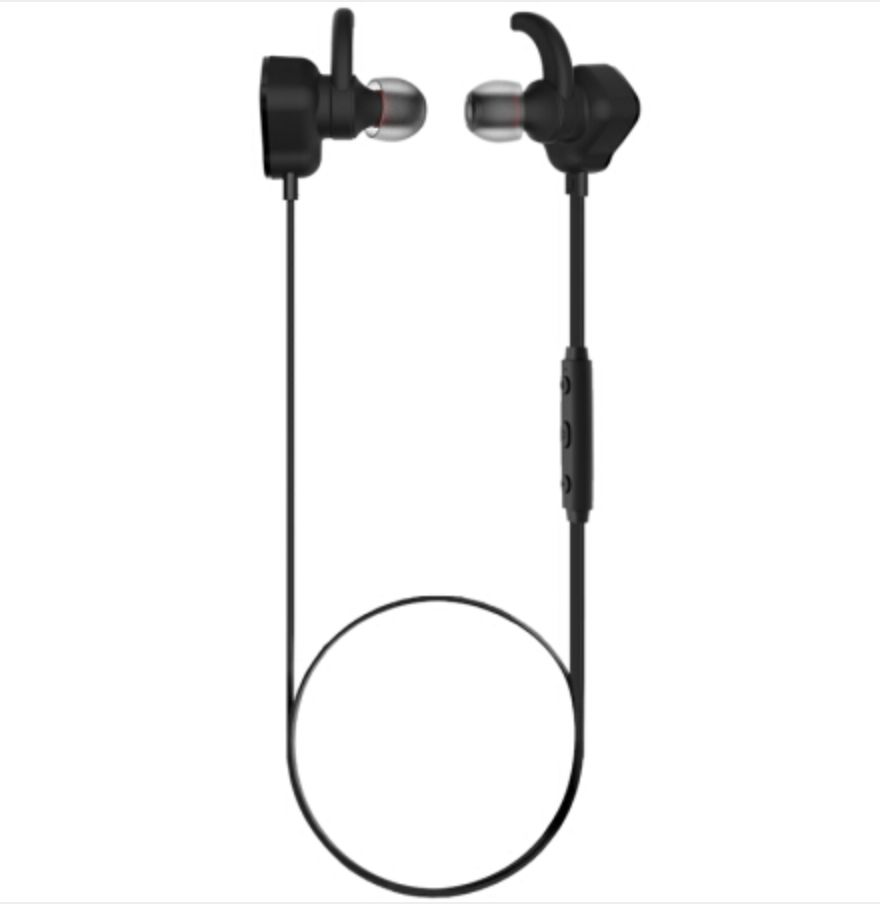
For those who don’t have high sound quality requirements, this model is worth considering.
Pros: Slightly above-average performance in all aspects, and considering the price, it offers good overall value.
Cons: Sound quality may not meet expectations.
